Choosing a Wood Stove 2024
- September 27, 2023
- 2 comment
There’s an undeniable allure to a wood stove. Whether it’s the nostalgic crackling of logs, the radiant warmth that permeates a room, or the simple satisfaction of being self-reliant on cold nights, a wood stove holds a special place in many homes. But with a myriad of choices available in today’s market, how do you select one that’s just right for your space and needs? In this article, we’ll delve into the art and science of choosing the perfect wood stove, ensuring that it becomes not just an appliance, but a cherished centerpiece of your living space.
1. Why a Wood Stove?
The allure of wood stoves goes beyond mere aesthetics; they represent a combination of environmental sensibility, a cozy ambiance, and self-reliance.
a. Eco-Friendly Warmth

- Renewable Source: Wood, unlike coal or gas, is a resource that can be replanted and regrown. This cyclical process ensures that, when managed properly, wood is available for generations without depleting the earth’s resources.
- Carbon Neutral: Trees absorb carbon dioxide from the atmosphere during their growth. When wood is burned, it simply releases the carbon it absorbed, making it almost carbon neutral. In contrast, fossil fuels release carbon that has been locked away for millions of years, adding to the current atmospheric carbon levels.
- Sustainable Sourcing: With the growing demand for eco-friendly solutions, many wood suppliers now offer wood from sustainable forests where trees are replanted to replace those cut-down. This ensures minimal environmental impact and promotes healthy forest growth.
b. Ambiance
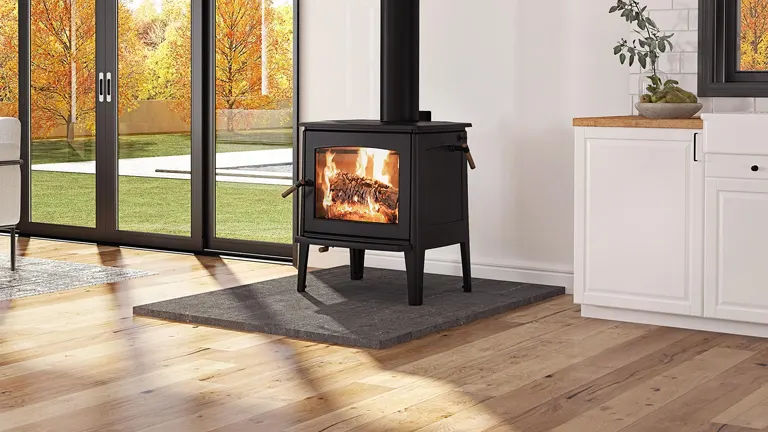
- Sensory Experience: The soft light from a wood stove creates a warm ambiance that electric or gas heaters can’t replicate. The rhythmic sound of crackling wood and the gentle dance of flames provide a calming and therapeutic effect, enhancing relaxation.
- Nostalgic Connection: For many, a wood stove evokes memories of simpler times. It can serve as a bridge to the past, reminding us of stories shared around campfires or moments spent with family during cold winter nights.
- The centerpiece of the Room: Beyond its functional benefits, a wood stove often becomes the focal point of a room, drawing people together and promoting camaraderie. Its aesthetic appeal can complement various interior designs, from rustic to contemporary.
c. Independence
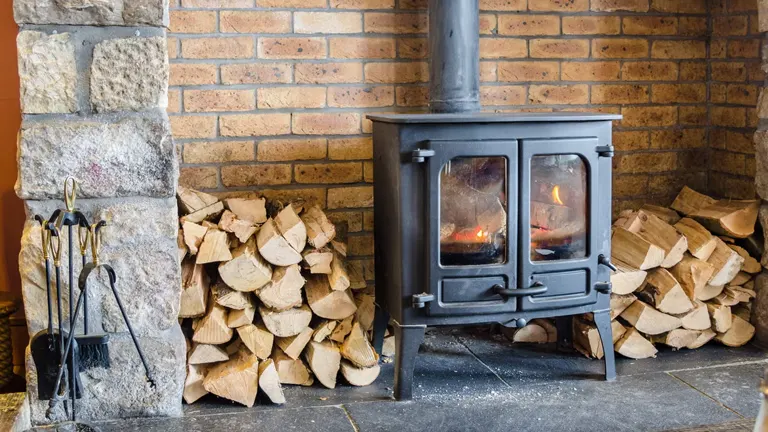
- Off-the-Grid Living: One of the most significant advantages of wood stoves is their ability to function without electricity. For those who value independence from the grid or live in areas prone to power outages, this feature is invaluable.
- Self-Sustainability: With some planning and effort, homeowners can source their wood, reducing dependence on external fuel providers. This not only ensures a steady supply but also can be cost-effective in the long run.
- Emergency Preparedness: In situations where there are extended power outages due to storms or other unforeseen events, a wood stove provides consistent warmth and can even be used for cooking, ensuring basic comforts are maintained.
2. Types of Wood Stoves
Wood stoves have evolved significantly over the years, incorporating technology and design advancements to enhance efficiency and user experience. Understanding the different types can help you choose one that aligns best with your needs and lifestyle. Here’s a closer look at the most popular options.
a. Catalytic Wood Stoves

- Mechanism: At the heart of a catalytic stove is a ceramic honeycombed device called a catalytic combustor. When wood is burned, it produces smoke filled with gases. This smoke is passed over the catalytic combustor, where these gases are reignited at lower temperatures than in non-catalytic stoves.
- Efficiency: Catalytic stoves are known for their high efficiency. The secondary burn of the gases not only produces more heat but also ensures that less fuel goes to waste.
- Emissions: Due to the secondary combustion process, catalytic stoves release fewer pollutants into the environment, making them a cleaner option.
- Maintenance: While they offer numerous benefits, catalytic stoves do require regular maintenance. The combustor can degrade over time and needs replacement every few years depending on usage.
b. Non-Catalytic Wood Stoves
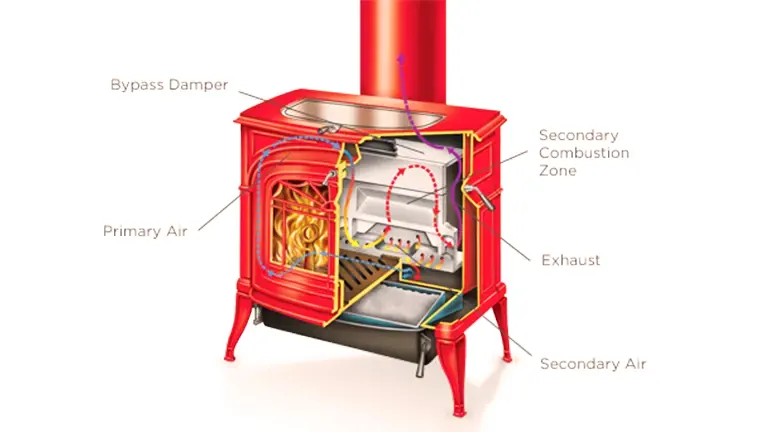
- Mechanism: Non-catalytic stoves don’t use a combustor. Instead, they employ a combination of firebox insulation, a specially designed baffle to divert gas flow, and the introduction of pre-heated air into the combustion chamber. This promotes a secondary burn of the wood gases.
- Efficiency: While they might be slightly less efficient than catalytic models, modern non-catalytic stoves still offer impressive heat output and burn times.
- Emissions: Advances in design have reduced the emissions of non-catalytic stoves, but they might still release more particles compared to their catalytic counterparts.
- Maintenance: These stoves are generally simpler in design, translating to less maintenance. Without a combustor to replace, the main maintenance tasks involve cleaning and occasionally replacing the baffle.
c. Pellet Stoves
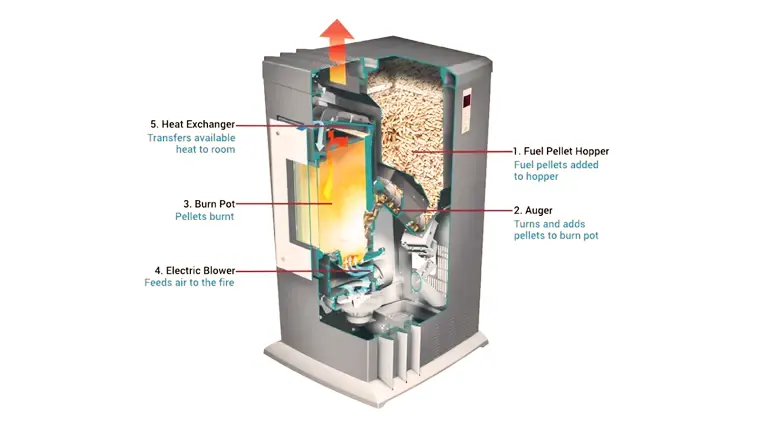
- Fuel: Unlike traditional wood stoves that burn logs, pellet stoves use small, compressed pellets made from wood waste like sawdust. These pellets are fed into the burn chamber from a storage hopper.
- Operation: Many pellet stoves are equipped with automatic features. They can maintain a steady temperature by automatically feeding in pellets as needed, often controlled by a thermostat.
- Efficiency: Pellet stoves burn very efficiently and produce a consistent heat output. The pellet fuel also results in minimal ash, reducing cleaning effort.
- Emissions: The pellets burn very cleanly, resulting in lower emissions compared to many traditional wood stoves.
- Electricity: One thing to note is that pellet stoves typically require electricity to operate the automatic feeding system and fans, so they might not function during power outages unless there’s a backup power source.
3. Materials Matter
When it comes to choosing a wood stove, the material from which it is constructed plays a pivotal role not only in its heating efficiency but also in its aesthetic appeal. Each material has its own set of unique properties that can affect the stove’s performance and appearance.
Cast Iron
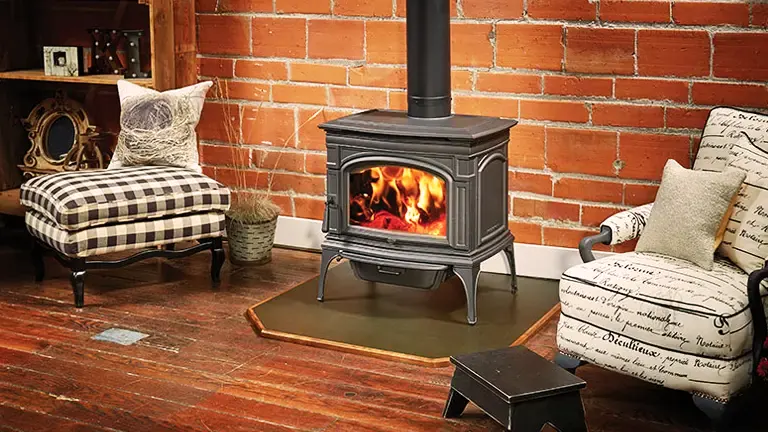
- Cast iron has long been favored in wood stove construction due to its excellent heat retention capabilities. Once a cast iron stove gets hot, it retains that heat for an extended period, even after the fire has diminished or gone out. This means that the warmth from a cast iron stove can linger in a room, providing sustained comfort over time. Additionally, cast iron distributes heat evenly, reducing the occurrence of hot spots and ensuring a uniform heating experience.
- One of the standout features of cast iron stoves is their potential for intricate and ornate designs. Many cast iron stoves, especially traditional models, showcase detailed patterns, reliefs, and motifs. This lends a classic, timeless appeal to the stove, making it not just a heating device but also an attractive centerpiece for a room.
Steel
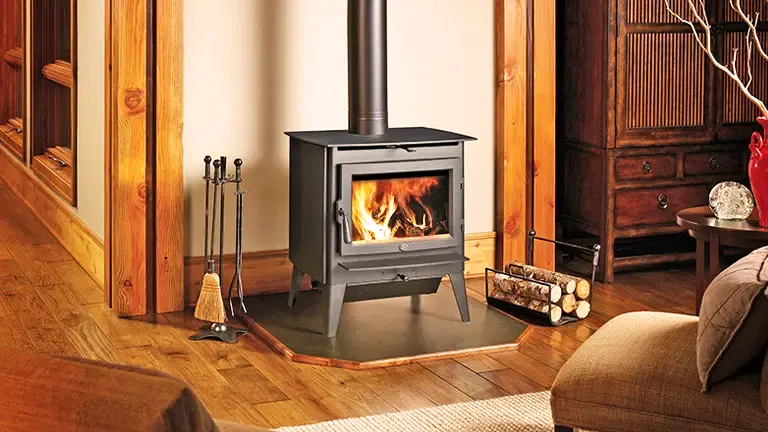
- Steel stoves have a different heat dynamic compared to their cast iron counterparts. They tend to heat up rapidly, delivering quick warmth upon lighting. This can be advantageous in situations where immediate heat is required. However, steel stoves also cool down faster than cast iron ones once the fire is extinguished. This means that the warmth doesn’t linger as long, which can be a consideration based on user needs.
- In general, steel stoves tend to have a sleeker and more modern appearance. They often boast clean lines and minimalist designs, making them suitable for contemporary home interiors. While they may not offer the ornate detailing of cast iron models, their simplicity can be a design strength in and of itself, offering a chic and modern aesthetic to a space.
So, Which to Choose?
Your choice between cast iron and steel should be influenced by your primary needs:
- For sustained warmth: If you live in a region with prolonged cold periods and appreciate the ambiance of a traditional wood stove, cast iron might be your best bet. Its heat-retaining properties will ensure your home remains cozy even after the fire has gone out.
- For quick heating and modern aesthetics: If you’re looking for a stove that heats up rapidly and aligns more with contemporary design aesthetics, a steel stove would be a more fitting choice.
Ultimately, both materials have proven their efficacy in wood stoves over the years. The decision often comes down to individual preferences in heating patterns and design tastes. However, regardless of your choice, always prioritize quality and safety in your selection. Investing in a well-constructed stove—be it cast iron or steel—will ensure efficient heating and longevity.
4. Size and Heating Capacity
When selecting a wood stove, it’s crucial to strike a balance between the size of the unit and its heating capacity. Contrary to what one might think, a bigger stove does not automatically equate to a better heating experience. Here are factors to consider when deciding on the appropriate size and heating capacity for your wood stove:
Space
Placement is crucial. For instance, a medium-sized stove might require a minimum of 36 inches (or 3 feet) clearance from any combustible materials on its sides and 18 inches (1.5 feet) from the back. It’s not just about the physical space the stove occupies, but also the safety clearances. Overcrowding a room with a large stove can cause temperatures to exceed comfort levels, potentially reaching upwards of 80°F (27°C) or more in a small space. It’s recommended to consult manufacturer guidelines and local regulations for specific spacing requirements.
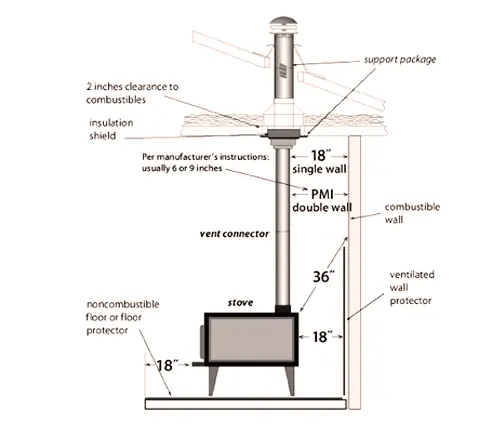
Insulation
The insulation value of a home is typically measured using the R-value, with higher values indicating better insulation. For instance, a home with an R-value of R-30 to R-60 for the attic and R-13 to R-15 for wall cavities is considered well-insulated. Such homes might require 20-30% less heating capacity from a stove compared to poorly insulated homes. If a well-insulated home typically requires a stove with an output of 30,000 BTUs, a poorly insulated equivalent might need upwards of 40,000 BTUs. However, enhancing home insulation can reduce heating needs, potentially leading to savings of up to 15% on heating costs.
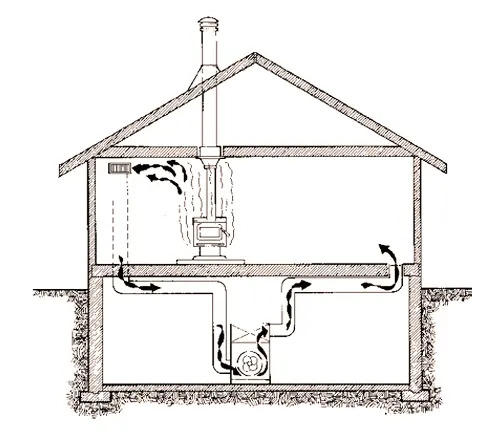
Climate
Climate zones are often categorized by heating degree days (HDD). For instance, a region with 4000-5000 HDD experiences moderate winters and might require a stove with an output of 35,000-50,000 BTUs for an average-sized home. In contrast, areas with over 7000 HDD, characterized by severe winters, might necessitate stoves with outputs exceeding 70,000 BTUs. Always consider local conditions, as occasional cold snaps or consistent freezing temperatures can impact heating requirements.
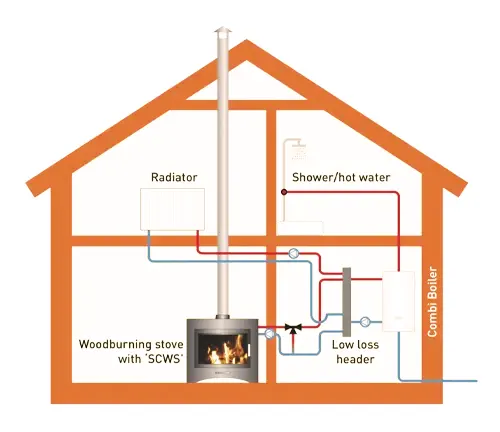
5. Features to Consider
Ash Pan
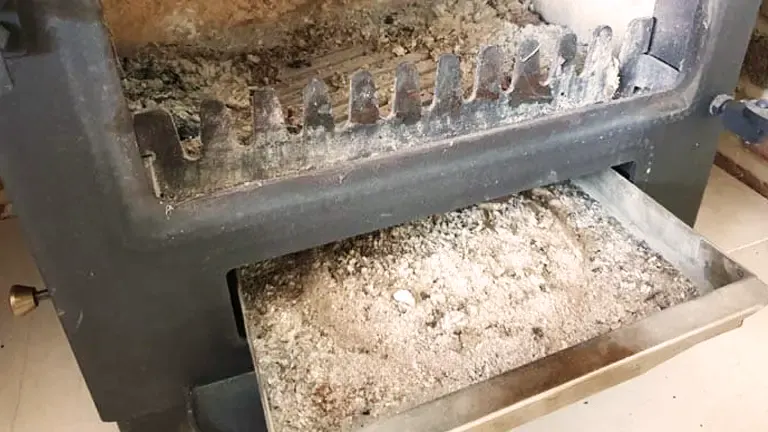
Integral to modern wood stoves, the ash pan serves as a collection point for ashes generated during combustion. Its presence vastly simplifies the cleaning routine. No longer does one need to scoop ashes directly from the stove’s base, risking mess and inconvenience. Instead, the ash pan can be easily slid out, emptied, and replaced, streamlining the maintenance process and ensuring a cleaner user experience.
Blowers
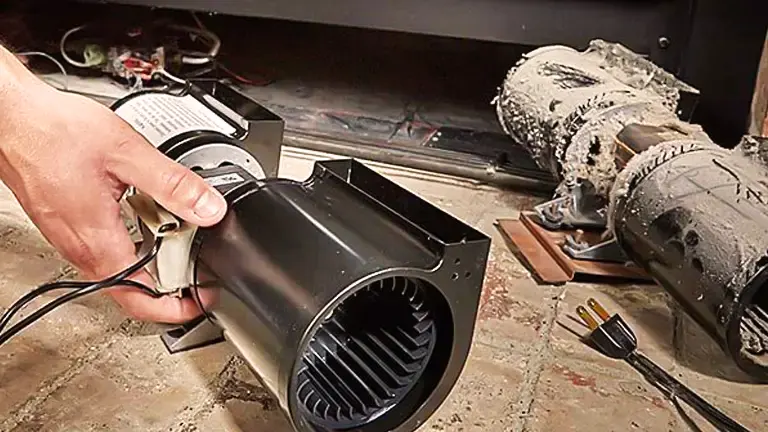
A blower, essentially an integrated fan, is the answer to the uneven distribution of heat that can plague wood stove users. Without it, warmth can stagnate around the stove, creating a disparity in room temperatures. However, with a blower in action, this warmth is propelled and circulated throughout the space, ensuring that even larger rooms or those with complex layouts receive consistent heating, enhancing the overall efficiency and comfort provided by the stove.
Air Wash System
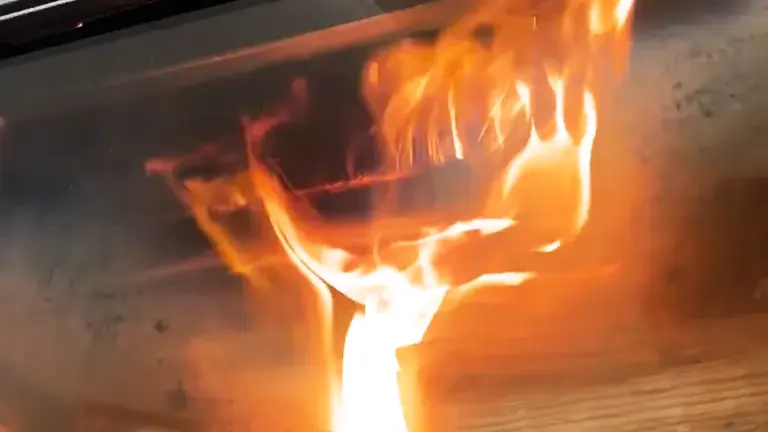
Over time, the transparency of a wood stove’s glass door can be compromised by soot and residue. The air wash system, a feature tailored to combat this issue, uses the stove’s airflow to maintain the glass door’s clarity. Directing a continuous stream of air over the interior of the glass, it curtails the buildup of soot and other deposits. The result? A consistently clear view of the flames inside, reducing the need for regular manual cleaning and enhancing the aesthetic experience of the stove.
Secondary Burn
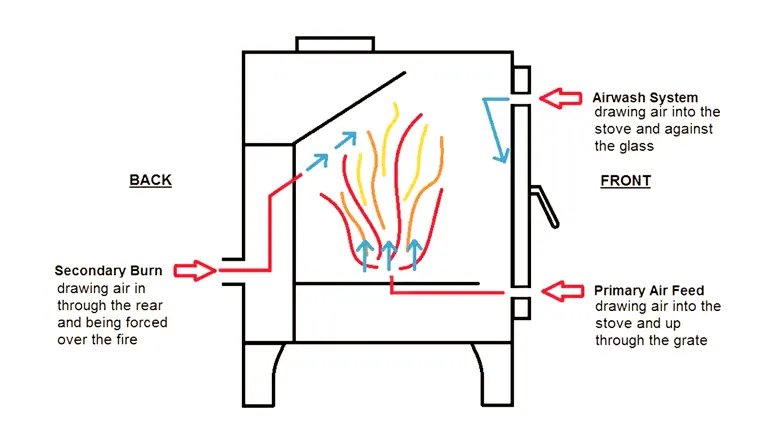
Going beyond traditional combustion, many contemporary stoves incorporate a secondary burn feature, designed to ignite the smoke and gases not consumed during the initial burn. This addition proves twofold in its advantages. Firstly, it augments the stove’s efficiency by ensuring maximum fuel utilization. Secondly, by combusting these gases, the stove emits reduced pollutants, offering an eco-friendlier operation and fostering better indoor air quality.
6. Installation and Safety
Flue and Chimney
The flue and chimney act as vital channels to carry away the smoke and gases generated during combustion. A proper venting system is crucial to prevent smoke and harmful gases like carbon monoxide from infiltrating living spaces. Over time, soot and creosote buildup can compromise the chimney’s efficiency and increase fire risks, making regular inspections and cleanings essential.
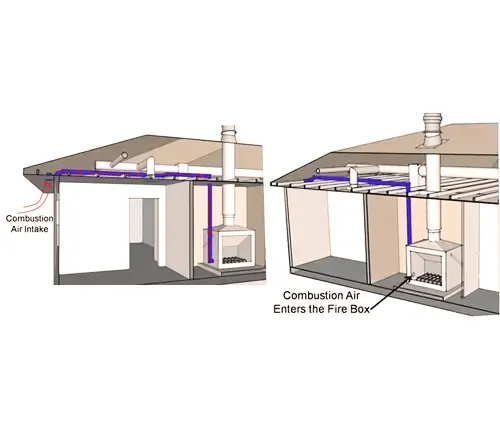
Safety Clearance
Safety clearances define the necessary distance between the stove and any nearby walls or combustible materials. This distance is crucial to prevent potential fires due to the stove’s intense heat. It’s vital to consult local building codes or fire departments as clearance regulations can vary, ensuring that installations adhere to tested and proven safety standards.
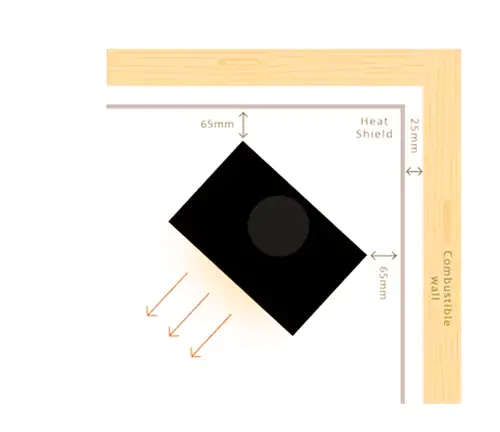
Carbon Monoxide Detector
Carbon monoxide (CO) is a potentially deadly, odorless gas produced by combustion appliances, including wood stoves. Installing a CO detector in the room with the stove, as well as in sleeping areas, is a life-saving measure that offers early detection of any CO leaks, ensuring the safety of all occupants.
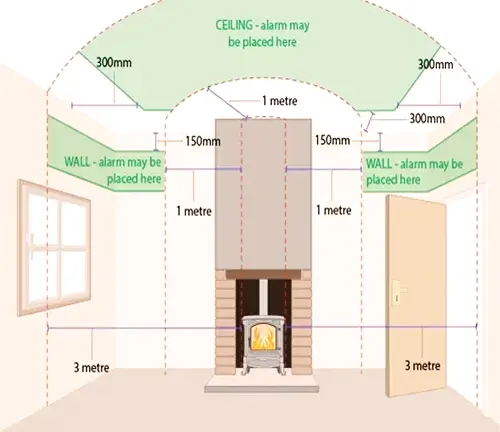
7. Cost Implications
When considering a wood stove, it’s essential to look beyond the initial price tag and consider the broader financial picture.
Installation
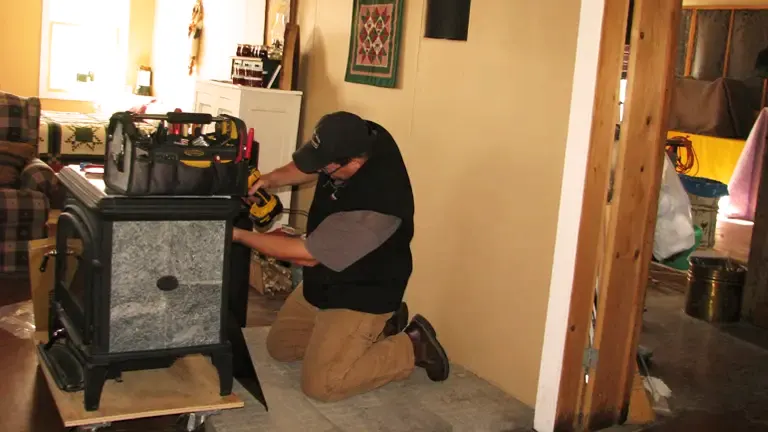
The setup of a wood stove isn’t merely about placing it in a room. Proper installation involves setting up ventilation systems, ensuring safety clearances, and sometimes making structural adjustments to the house. This can involve hiring professionals who specialize in stove installations. Their fees, combined with potential construction or modification costs, can significantly add to the initial expenses.
Maintenance
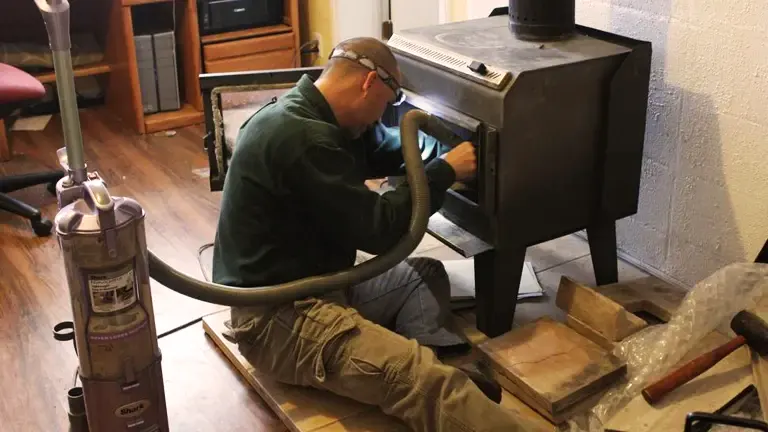
Regular upkeep of a wood stove is pivotal for its efficient functioning and longevity. This includes periodic chimney sweeps to remove creosote buildup, replacing worn-out parts, and general cleaning to keep the stove in top shape. Over time, these maintenance activities can accrue substantial costs, especially if specialized services are needed or parts replacement becomes frequent.
Wood or Pellet Purchase/Storage

Operating a wood stove requires a consistent supply of wood or pellets, depending on the stove type. The costs of these fuels can vary based on region, season, and quality. Additionally, proper storage solutions may be needed to keep the wood or pellets dry and free from pests. This could mean investing in sheds or storage units, which come with their own set of costs.
8. Aesthetic Appeal

In the realm of wood stoves, functionality goes hand in hand with aesthetics. Beyond the warmth and comfort they offer, wood stoves have become design statements in their own right. Sleek, Modern Designs bring forth clean lines, and minimalist patterns, and often employ materials or finishes that align with contemporary interiors. They can seamlessly integrate into modern homes, exuding an air of sophistication. On the other hand, Traditional, Ornate Designs are reminiscent of times past, boasting intricate carvings, classic motifs, and often a robust, sturdy build. These designs can add a touch of nostalgia and timeless elegance, especially fitting for homes with classic or rustic decor. When selecting a wood stove, it’s not just about heating efficiency but also about choosing a piece that elevates and complements the overall ambiance of your living space.
Conclusion
A wood stove is more than just a heater; it’s a statement piece that adds character to your home. From an eco-friendly perspective to aesthetic appeal, there are numerous reasons to opt for one. As the snow falls and the world outside becomes a frosty wonderland, your home will remain a warm haven, courtesy of your meticulously chosen wood stove. So, gather your family, maybe even a cat or two, and enjoy the warmth and charm that only a wood stove can offer.
FAQs
- Can I cook on my wood stove?
While primarily designed for heating, many wood stoves come with flat top surfaces that can be used for basic cooking, like boiling water or simmering soups. However, if you intend to cook regularly, consider a model designed specifically for that purpose. - Is there a “smart” wood stove?
Yes! Advances in technology have led to the development of wood stoves with digital controls, remote access, and even compatibility with smart home systems. Some pellet stoves, for instance, allow you to control the temperature via a smartphone app. - How do wood stoves impact indoor air quality?
While wood stoves emit a cozy warmth, they can also release particles into the indoor air. Modern stoves with improved combustion technologies reduce this risk, but it’s always a good idea to ensure proper ventilation in the room. - Can I use a wood stove in a mobile home?
Specific wood stoves are designed and approved for use in mobile homes. They come with features that ensure safe operation in such environments. Always check the stove’s specifications and your local regulations before installation. - Are there wood stoves that also produce electricity?
Yes, there are innovative wood stove models that incorporate thermoelectric generators. These generators convert heat from the stove into electricity, which can charge devices or power small appliances. - Do wood stoves attract pests?
While the stove itself won’t attract pests, improperly stored wood can. It’s essential to store your wood off the ground and away from the home to prevent inviting critters. - How do I choose a wood stove that complements my home’s aesthetics?
Wood stoves come in various designs, from vintage cast iron with intricate detailing to sleek, contemporary steel models. Consider your home’s interior decor and choose a style that aligns with your aesthetic preferences. - Are there any eco-friendly wood stove accessories I should consider?
Absolutely! There are eco-friendly fire starters, sustainably sourced wood pellets, and even heat-powered fans that distribute heat without electricity. These can enhance your wood stove’s eco-friendly profile. - How does the burning efficiency of a wood stove affect my fuel costs?
The higher the efficiency of your wood stove, the more heat it produces per log. This means you’ll require less wood over the season, directly reducing your fuel costs. - Can I use my wood stove during a burn ban?
It depends on the regulations in your area. Some regions allow EPA-certified wood stoves, which burn cleaner, to be used even during burn bans. However, always check local guidelines before lighting up.
As the embers of our discussion on Choosing a Wood Stove 2024 settle, we’re eager to fan the flames of conversation further with your insights. Have you had experiences with wood stoves that you’d like to share? Are there tips or concerns you think future wood stove enthusiasts should know? Your personal anecdotes and advice can be the guiding light for others on this journey.
Kindly leave your comments below. Every shared thought not only enriches our collective knowledge but also builds a warmer community of readers. If this article sparked interest or debate in your circles, please don’t hesitate to share it with friends and family. Together, let’s keep the dialogue burning bright!

David Murray
Forestry AuthorI'm David Murry, a forestry equipment specialist with a focus on chainsaw operation. With over 13 years of experience, I've honed my skills in operating and maintaining a wide range of machinery, from chainsaws to log splitters. My passion for the outdoors and commitment to sustainable forestry drive my work, which emphasizes safety, efficiency, and staying updated with industry advancements. Additionally, I'm dedicated to sharing my expertise and promoting environmental awareness within the forestry community.
2 comments
We live in a small Lockwood home, have pot belly wet back, need to up grade to small wet back log burner, what whould be the approximately cost with it installed?







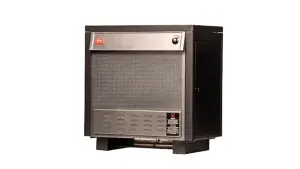
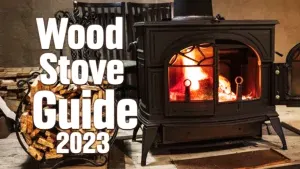


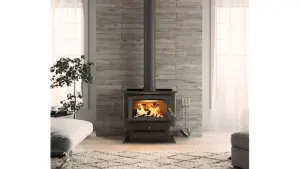

Thanks. Clear and informative
Tim Chilton
September 29, 2023 9:25 pm